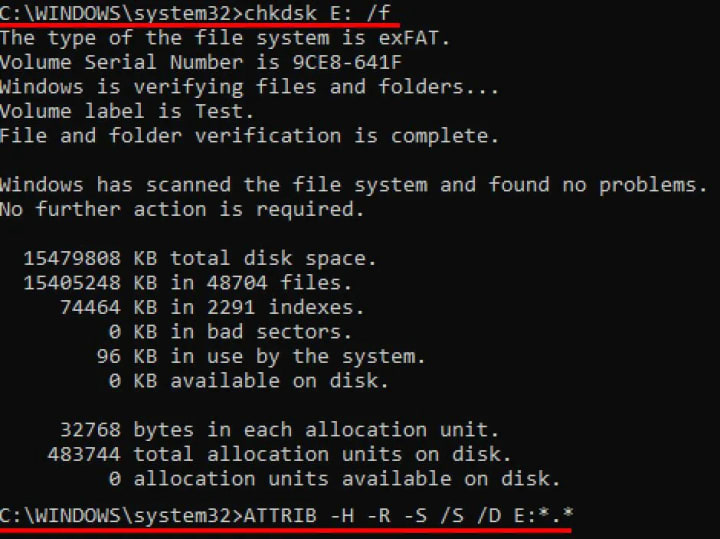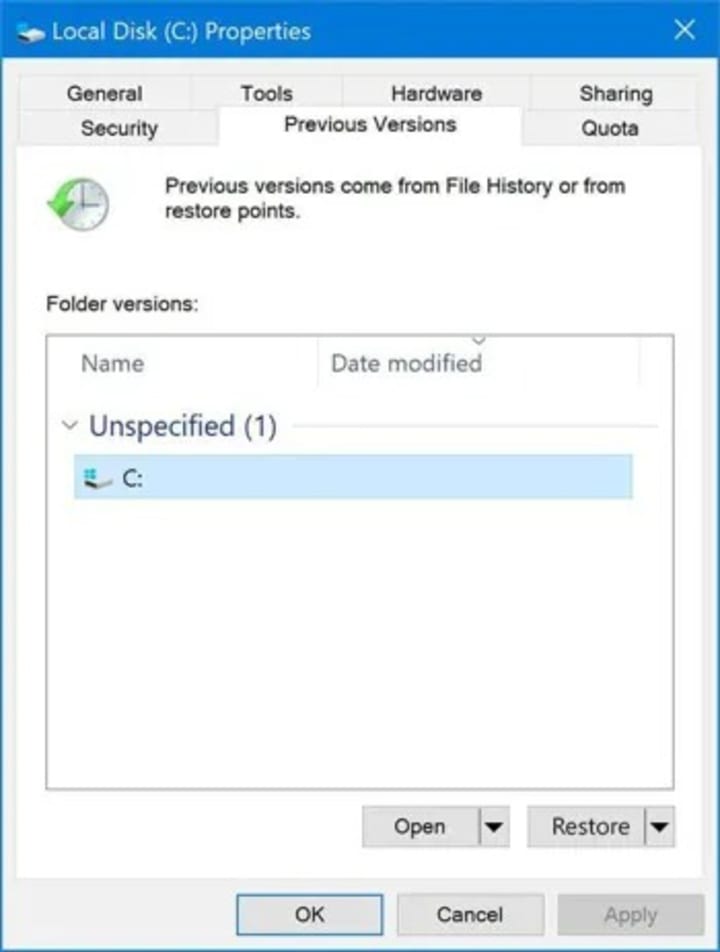
USB flash drives, also known as thumb drives, memory sticks, pen drives, and USB sticks, are a staple in the tech world. These portable digital storage devices offer an affordable and convenient way to add extra storage to our computers and mobile devices. With their fast data transfer speeds and compatibility with various ports on laptops and desktops, it's no wonder that over 50 million USB flash drives were sold in 2021.
Professionals like office workers, teachers, photographers, and designers rely heavily on USB flash drives to save and transfer important work files, music, photos, videos, emails, and more between computers, smartphones, cameras, and handheld devices. However, like any data storage technology, flash drives are also susceptible to data loss.
In this article, we'll dive into the ins and outs of recovering data from USB flash drives. We'll provide clear, step-by-step tutorials to help you get back any lost or deleted files. Plus, we'll cover common USB flash drive issues and offer solutions for fixing them.
Part I. Three Effective Ways to Recover Your Data from USB Drives
1.1 USB flash drive recovery software – friendly to common users
If you suspect that data loss has occurred on your flash drive, it's important to stop using it immediately. Continuing to store new files or modify existing ones can reduce your chances of successfully recovering lost data. If you're looking for an easy-to-use option for recovering files on a USB flash drive, we recommend using a professional recovery tool like iBoysoft Data Recovery. This software allows you to preview a list of recoverable files and select the ones you want to restore.
iBoysoft Data Recovery is capable of recovering deleted or lost files from flash drives, including Microsoft Word documents, excel sheets, pictures, photos, PSD files, emails, movies, and more. It's also effective at recovering data from formatted, corrupted, inaccessible, and RAW USB flash drives. In addition to flash drives, it can also be used to recover data from Windows PCs, external hard drives, memory cards, digital cameras, and SD cards.
Here's how to use iBoysoft Data Recovery to recover lost or deleted files from a flash drive:
Step 1. Insert the flash drive you want to recover into a USB port on your computer or laptop.
Step 2. Download and install iBoysoft Data Recovery on your PC, then launch the software. The main interface will be displayed (see the image below):
Step 3. Select the USB flash drive where you suspect data loss has occurred, then click "Next" to start scanning for recoverable files. You'll see the scanning process, elapsed time, and remaining time displayed in a pop-out progress bar.

Step 4. After scanning is complete, you'll see the path to every detected file on the left sidebar. You can choose any folder to view all of the contained files. If you don't see your desired files in quick scan mode, go back to the home window and click "Deep scan" to scan the USB flash drive again.
Step 5. Preview the recoverable files and double-click each one to view it. (Files that can be previewed are usually recoverable.) Select all of the files you want to recover and click the "Recover" button at the bottom to restore them immediately.
Here is an important notice: Don't save the recovered files to the same USB flash drive where you're performing the recovery. Instead, save them to a safe location like your computer or external hard drive.
1.2. Use Command Prompt Recover to Deleted Files from USB Sticks -
Somewhat complicated
If you prefer not to use any additional tools to try and recover files from a flash drive, you can use the Windows command prompt (CMD). Advanced users can follow these steps to recover files using CMD
Step 1: Open a command prompt: press Windows + R to launch Windows Explorer -> type CMD in the search box.
Step 2: Type chkdsk "drive letter": /f and press the Enter key (Note: The "drive letter" is the letter assigned to your USB flash drive - for example, you might type chkdsk E: /f or chkdsk F: /f in the windows).
tep 3Use the following command to recover lost files on your flash drive: ATTRIB -H -R -S /S /D "drive letter":.
Please note: Make sure to use the correct drive letter for your USB flash drive in the command line.

Once your computer successfully recovers the files, it will create a new folder on your USB flash drive to store the recovered files. The newly recovered files may be in CHK format and will need to be renamed with the proper suffix before you can use them.
1.3. Restore a Previous Version of Files – in event that you have a backup
Previous Versions is a useful feature for Windows users to recover data that has been corrupted or deleted. As long as you have activated the feature before data loss occurs, you can use it to restore previous versions of important files on your USB flash drive. Here's how:
Step 1: Plug the USB drive into a USB port on your Windows desktop or laptop.
Step 2: Open This PC or This Computer, then right-click on the USB flash drive that contained the files or folders you wish to recover, and select “Properties”.

Step 3: Select the Previous Versions tab, select the version you want (usually the most recent previous version), then click Open to verify it's the file you need. Finally, click Restore.

Part II. Most Common Issues That Users Encounter wth Their USB Flash Drives
Issue A: USB Flash Drive is not Showing up in Windows
Sometimes, your USB drive might not appear in File Explorer, but it may still show up in Disk Management. In this case, you have a few options to try to resolve the issue. You can update or reinstall the USB driver, assign a new drive letter to your flash drive, reformat the USB drive, or use a disk repair tool to fix any damage or corruption.
If the USB drive isn't showing up in either File Explorer or Disk Management, you can try a different USB port, connect it to a different computer, restart your PC, or enable the flash drive in the BIOS setup to see if it can be recognized.
Issue B: USB Flash Drive Showing “Disk Not Formatted” Error
If you don't have any important files on your USB drive, you can simply format it to fix the error. However, if you want to recover the data on the drive, you'll need to follow the steps previously outlined to recover lost data from formatted USB flash drives.
Issue C: RAW USB Drive (USB Flash Drive is Inaccessible, or Corrupted)
If you don't have any important data on a RAW USB drive, you can use Windows Disk Management, Command Prompt, or File Explorer to format it and convert it to either the FAT32 or NTFS file system. Keep in mind that using any of these three tools will result in data loss.
If you do want to keep the data on the RAW drive, you'll need to use a recovery tool like iBoysoft Data Recovery to recover your files to a safe location first, and then convert the RAW flash drive to the desired file system (FAT32 or NTFS).






Comments
There are no comments for this story
Be the first to respond and start the conversation.